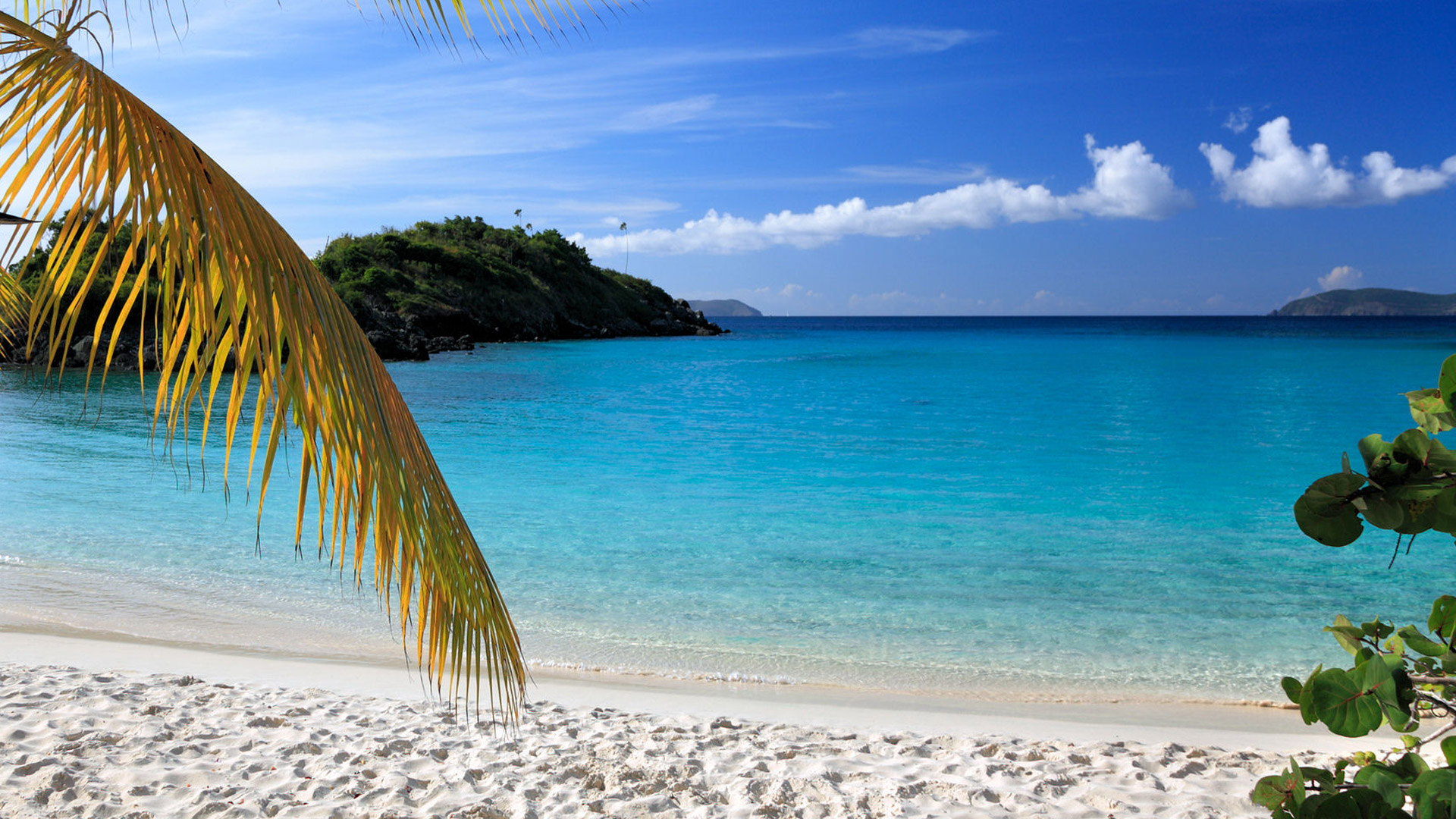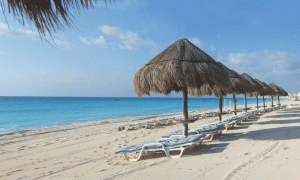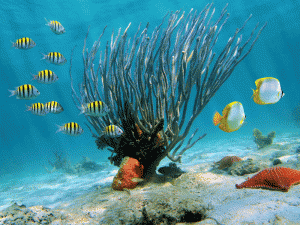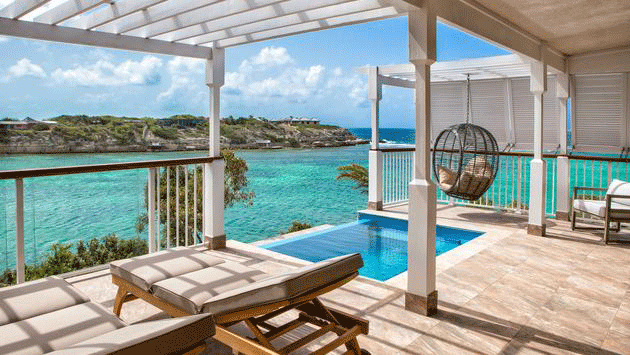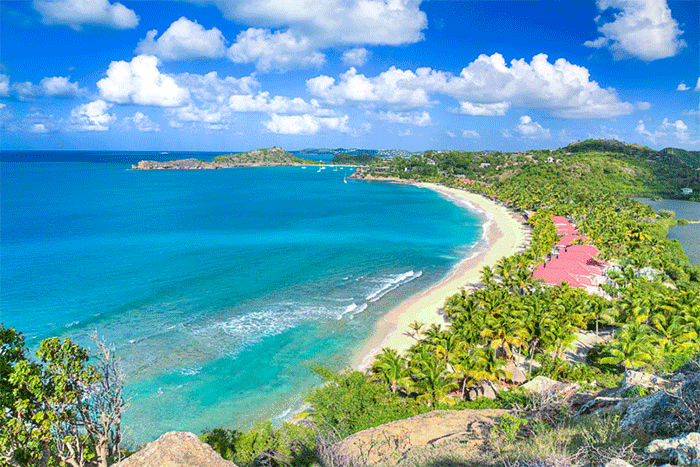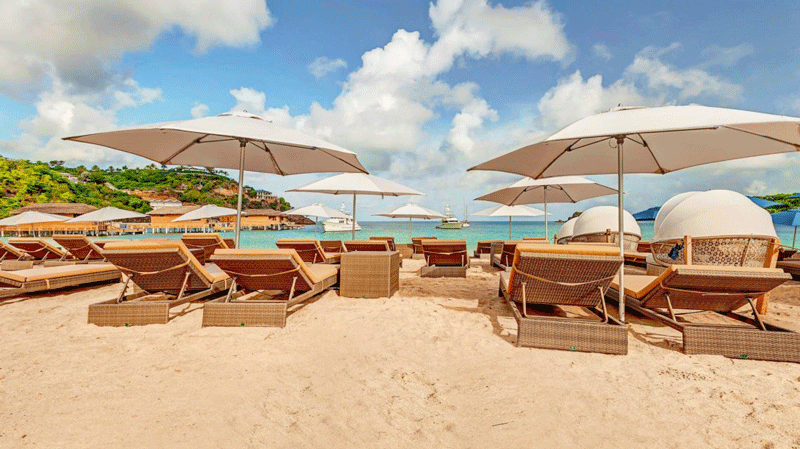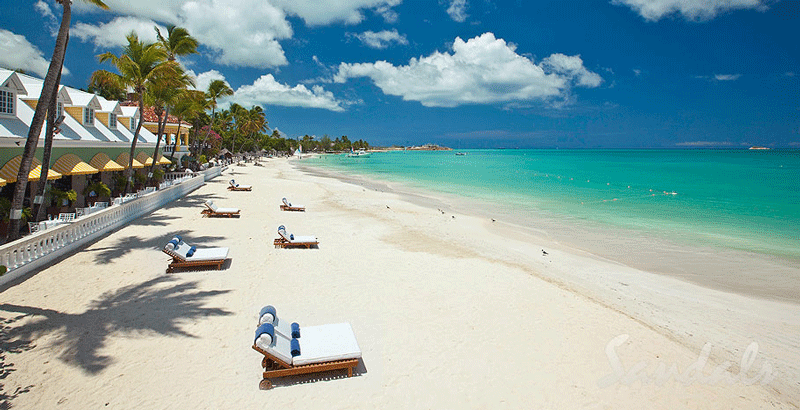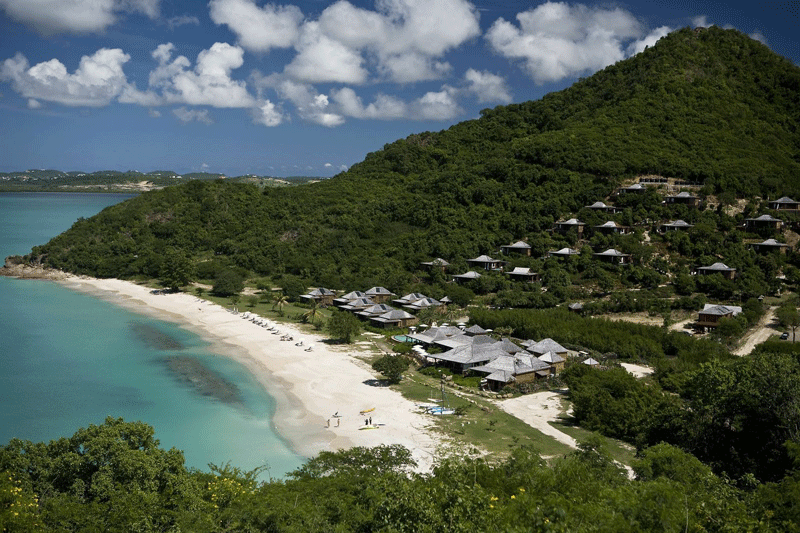Destination Description

All the signs pointed towards Antigua. The island had warm, steady winds, a complex coastline of safe harbors, and a protective, nearly unbroken wall of coral reef. It would make a perfect place to hide a fleet. And so in 1784 the legendary Admiral Horatio Nelson sailed to Antigua and established Great Britain’s most important Caribbean base. Little did he know that over 200 years later the same unique characteristics that attracted the Royal Navy would transform Antigua and Barbuda in one of the Caribbean’s premier tourist destinations.
The signs are still there, they just point to different things. The Trade Winds that once blew British men-of-war safely into English Harbour now fuel one of the world’s foremost maritime events, Sailing Week. The expansive, winding coastline that made Antigua difficult for outsiders to navigate is where today’s trekkers encounter a tremendous wealth of secluded, powdery soft beaches. The coral reefs, once the bane of marauding enemy ships, now attract snorkelers and scuba divers from all over the world. And the fascinating little island of Barbuda — once a scavenger’s paradise because so many ships wrecked on its reefs — is now home to one of the region’s most significant bird sanctuaries.
Location:
Antigua (pronounced An-tee’ga) and Barbuda are located in the middle of the Leeward Islands in the Eastern Caribbean, roughly 17 degrees north of the equator. To the south are the islands of Montserrat and Guadaloupe, and to the north and west are Nevis, St. Kitts, St. Barts, and St. Martin.
Size:
Antigua, the largest of the English-speaking Leeward Islands, is about 14 miles long and 11 miles wide, encompassing 108 square miles. Its highest point is Boggy Peak (1319 ft.), located in the southwestern corner of the island. Barbuda, a flat coral island with an area of only 68 square miles, lies approximately 30 miles due north. The nation also includes the tiny (0.6 square mile) uninhabited island of Redonda, now a nature preserve. The current population for the nation is approximately 68,000 and its capital is St. John’s on Antigua.
Climate:
Temperatures generally range from the mid-seventies in the winter to the mid-eighties in the summer. Annual rainfall averages only 45 inches, making it the sunniest of the Eastern Caribbean Islands, and the northeast trade winds are nearly constant, flagging only in September. Low humidity year-round.
Activities and attractions
Golf – There are two golf courses on the Antigua: an 18-hole, 70-par course at the Cedar Valley Golf Club and another at Jolly Harbour.
SCUBA – Antigua is set on a shallow bank so most of the diving is shallow, though on the south side it is possible to do dives to over 100 feet (see Sunken Rock – sample dive below). Unlike most of the other islands where the diving is on the fringing reef or around offshore rocks, Antigua has real coral reefs on the north, south and east sides. These reefs are relatively shallow and have suffered hurricane damage but both Boons Reef to the north and Cades Reef to the south are dived.
To really sample Antigua’s diving you would need to dive on both the south and west side of the island. None of the operators cover the whole diving area, so you would need to dive with more than one store. See the book for the diving range of each operator.
Antigua has a few wreck dive sites. Most are in shallow water and on the west side, which tends to mean variable visibility. Several of the wrecks have interesting stories about how they ended up under rather than on the water.
Deep sea fishing – On your Antigua vacation you too can experience the excitement of fishing Marlin, Tuna, King fish, Dolphin (fish), Wahoo, Shark or Barracuda, in the Atlantic waters of Antigua.
Antigua Photos
Antigua Resorts
Sandals Grande Antigua
The sensation of a quaint Caribbean Grove with lush, tropical gardens highlighted by brilliant bougainvillea combined wi
Hermitage Bay
Situated on the west coast of Antigua overlooking the Caribbean Sea, this stunning privately owned property offers guest

